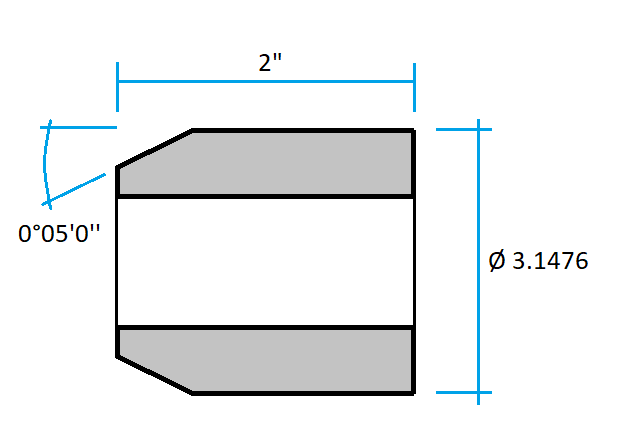Your Products have been synced, click here to refresh
Your Products have been synced, click here to refresh
Thanks for the response. The outside cylinder is 3.1476 inches in diameter. There is a 2" length of the outer cylinder that calls for no lead. The lead angle us to be 0 degrees + or - .05. They call for a string test for this feature but that seems barbaric when I have a CMM with analog scanning capabilities next to me.

| © 2024 Hexagon AB and/or its subsidiaries. | Privacy Policy | Cloud Services Agreement |